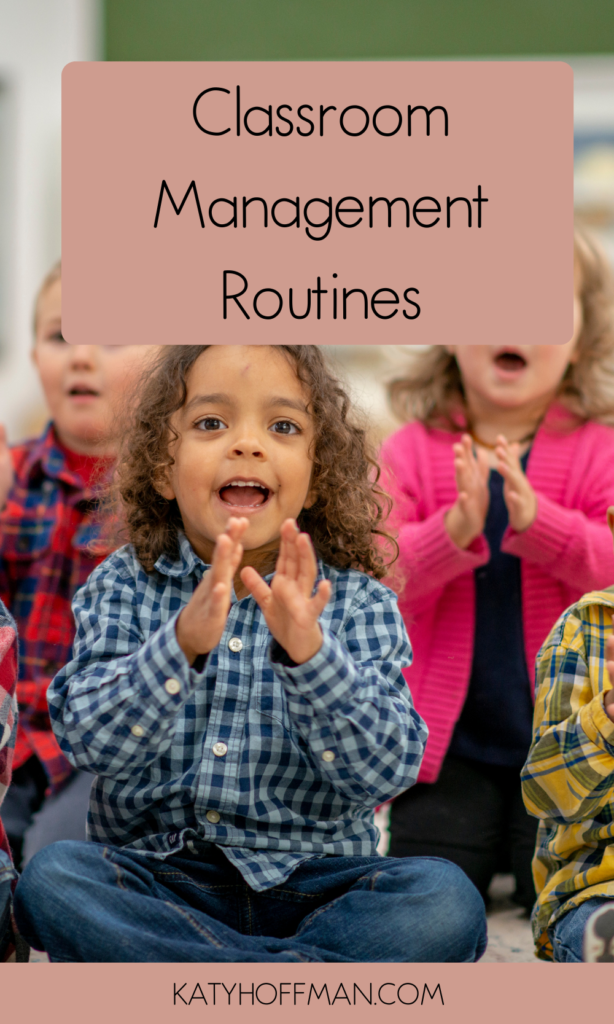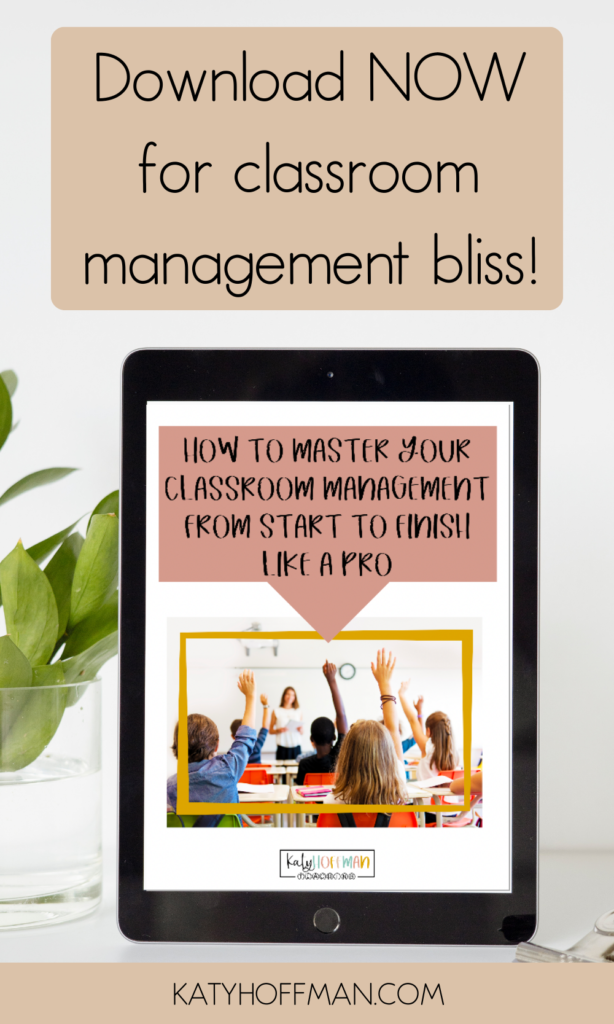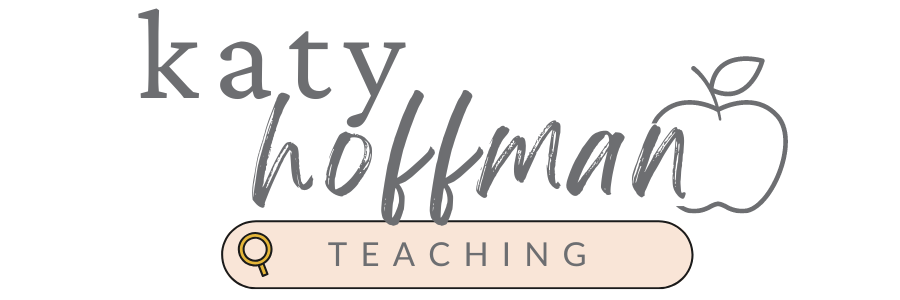Simplified Classroom Management Methods to Start the School Year Strong
Would you believe me if I told you that classroom management is the number one predictor of success as a classroom teacher? Without strong classroom management methods, teachers will spend the majority of their time managing behavior and less time actually teaching content. If this is the case, then why do teacher preparation programs only offer maybe one or two courses geared toward classroom management? If you are entering your first year as a teacher, and you have no idea where to start when it comes to classroom management methods, keep reading. I’m going to give you a starting place to consider when setting up your behavior management plan so you can hit the ground running this fall.
What are classroom management strategies, and why are they important?

Classroom management strategies are the systems and processes in which a teacher controls the learning environment to minimize and redirect misbehavior so optimal learning can take place. I firmly believe that if you don’t have a plan for your students, they will make a plan for you. Not taking the time before school starts to consider what classroom management methods you want to incorporate can be detrimental to your success as a new teacher.
(Disclaimer: This DOES NOT have to take up the majority of your summer. I’m giving you a cheat sheet to streamline the process. Take only a day or two to consider these points.)
Classroom Management Routines

Classroom management routines can be thought of as anything procedural that needs to be explicitly taught to your students. Here is my top list of routines and procedures that you should consider teaching your students during the first weeks of school.
- Attention Grabber: I like to use callbacks, but I have also used a wireless doorbell, like this one here. Just remember that your strategies won’t always work with every class from year to year.
- Transitions: How will students go back and forth between different activities or chunks in your day?
- Hallway Travel: Consider how you want your students to walk through hallways.
- Morning Routine: Here is a TikTok video that shows my exact morning routine.
- Technology: Is this in a specific station? Where will students use their devices?
- Pencils: Pre Sharpened, community supplies, pencil boxes inside desks?
- Drinks: Will you allow water bottles?
- Restroom: Passes?
- Turning in assignments: Will you have mailboxes, etc?
- Answering questions: Hand raised, random selection?
- End of day procedure: Clean up, backpacks, etc.
Do your best to address as many procedures as you can beforehand. Just know that it is okay if you don’t think of everything.
Classroom Rewards

There are three main ways to reward target behavior in the classroom: whole-group, small-group, and individual. Whichever type you choose to use completely depends upon you and your preference, but just remember that consistency is key to any of these classroom management methods.
- Whole-group reward system: Whole-group management, or interdependent group contingency, is based on the notion of the entire group getting rewarded when all students are exhibiting the target behavior. This is personally my favorite because it is simple and easy for me to use and stay consistent with when it comes to rewarding my students. I have an entire blog post linked to my exact strategy for using this type of system.
- Small-group reward system: This can be thought of as rewarding table groups for target behavior. I do like to use this type of system as another layer for my whole-group rewards, and I have a TikTok linked here if you want to see it in action.
- Individual reward system: This type of system involves rewarding only the students who exhibit the target behavior. Think sticker charts, behavior tickets, punch cards, etc. This system will require a bit more effort on your part, but there are definitely a ton of pros.
Remember that it’s okay to use a variety of these systems at the same time, but I like to keep it simple by starting with only one reward system and adding from there if necessary.
Classroom Behavior Consequences

The first step in developing your classroom behavior consequences is to check with your school or district to see if there is an overarching system in place for handling consequences. If so, this makes your job easy, but it can sometimes be frustrating to be tied to a system that may not be so effective.
If you are free to choose your own consequences, decide which rules you will have in place. I like to say a good rule of thumb is to develop 3- 5 rules for your students to follow. Next, decide which progression you will use to provide consequences for when these rules are not demonstrated by your students. The first consequence should always start with a reminder/reteach opportunity. Please remember not to call out your students in front of their peers. Quietly pull them aside when the time presents itself.
From there, you can develop the remainder of your consequences. Depending on the level of support you have from your admin, an office referral can be part of the consequence for multiple offenses. Parental contact should also be included after the initial reminder.
There you have it! Taking the time beforehand to develop your classroom management methods will save you so much time and ensure preparation for handling tricky behaviors. If you still have questions about developing your classroom management systems, make sure to download my classroom management guide.


